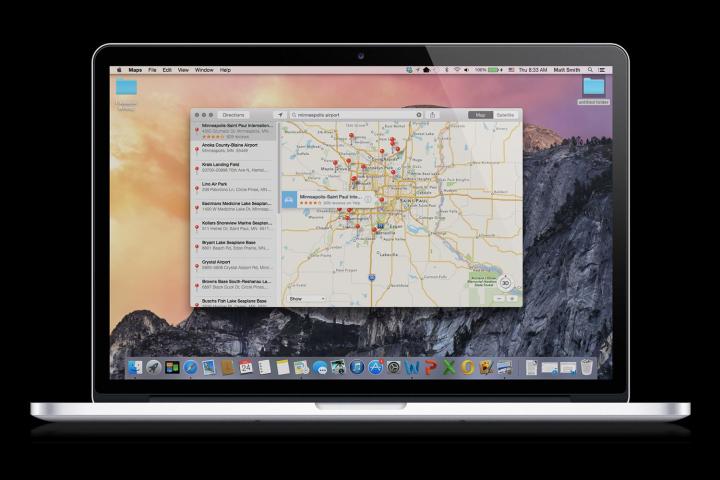
Chitika, the same online ad network that documented the success of Apple’s OS X Yosemite public beta, is now reporting fresh usage numbers associated with the operating system’s full release.
As expected, the newest version of OS X is rapidly being adopted by Mac users, but, perhaps not as rapidly as Cupertino had hoped.
One week in, Yosemite adoption is outpacing Mavericks. The tenth major release of OS X, which dropped last October, snatched a 12.4 percent share of all Macs after a week, according to Chitika.
Its successor, which was launched on October 16, nearly hit the 13 percent mark in the same time-frame. Ultimately, it stopped at 12.8 percent, which is far from a massive rise. What’s even more vexing for Apple is that Yosemite got off to a roaring start, notching its first percentage point the day it went up as a free download.
That’s significantly higher than the initial adoption rate for both Mavericks, and Mountain Lion. From there, Yosemite increased its lead over Mountain Lion, but couldn’t quite shake off Mavericks. It even fell behind at one point, but recovered hours later.
While taking off more than twice as fast as Mountain Lion is no easy feat, that’s like comparing apples and oranges. Back in 2012, you had to pay to get Mountain Lion, whereas Yosemite is a free walk in the park for anyone already running Mountain Lion, or Mavericks.
It’s worth pointing out that Chitika’s numbers are in no way infallible. They rely on the sampling of tens of millions of Mac OS X-based online ad impressions. Plus, they only take U.S. and Canadian Web traffic into account.
All in all, it’s a little surprising to see Apple’s newest desktop operating system struggling to gain more popularity. OS X Yosemite has been hit with a warm wave of overwhelmingly positive reviews.
Visually inspired by iOS, Yosemite focuses on the theme of continuity, aiming to better integrate all of Apple’s services, and bring desktops closer to mobile products. It’s the “sandwich” that combines the “peanut butter” iOS, and the jelly of OS X.
Apparently, not everyone’s that hungry yet.

